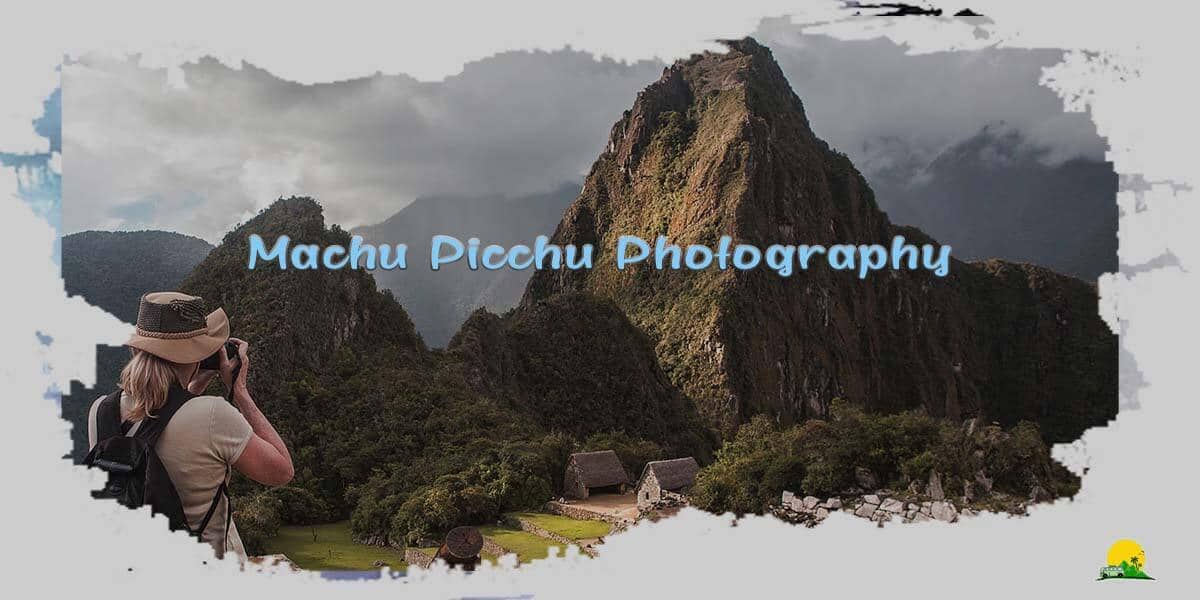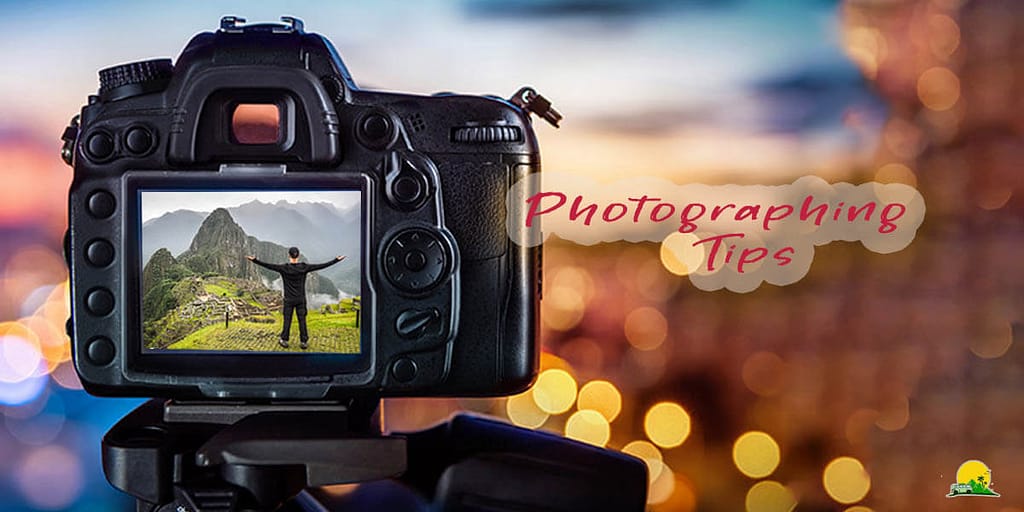A Visual History of Photography at Machu Picchu Photos

A Visual History of Photography at Machu Picchu Photos
For many visitors, seeing Machu Picchu Photos in person is a once-in-a-lifetime experience that leaves an indelible impression. However, for those unable to visit the famed Inca citadel, photographs provide an excellent window into its majestic ruins and Andean landscapes. Over the past century, photographers have captured Machu Picchu Photos from countless angles, perspectives, and conditions, documenting its beauty across varying lights and seasons.
index
ToggleEarly Photographic Documentary
The earliest photographs of Machu Picchu date back to the 1910s and 1920s during Hiram Bingham’s archaeological expeditions. At that time, the heavy cameras and glass plate negatives required photographers to work methodically. Many images focused on documenting architectural features, excavation progress, and artifacts to establish the site’s historical significance. Notable among these was Bingham associate George Eaton, whose photos helped introduce Machu Picchu Photos to the world. Harsh sunlight, dense foliage, and the limitations of early equipment posed challenges to capturing its grandeur. Still, these pioneering photographers left an invaluable visual record.
Mid-Century Aerials and Panoramas
Advances in aerial photography during the 1940s-60s allowed new perspectives of Machu Picchu from above. Notable were shots taken by the famed Peruvian explorer and photographer Martin Chambi, who used large-format cameras suspended from hot air balloons. On the ground, panoramic cameras that stitched multiple shots together also gained popularity. Photographers like Jose Tola and Antonio Raimondi produced sweeping vistas that conveyed Machu Picchu’s imposing scale and relationship to the surrounding mountains. Their wide-angle images remain some of the most iconic overall views of the citadel.
Contemporary Landscape Photography
With lighter, more versatile equipment, photographers since the 1970s have focused on Machu Picchu’s natural beauty and landscape elements. Masterful compositions by Sergio Gutierrez capture the interplay between stone ruins and surrounding flora across seasons. Well-known Peruvian photographers like Martín Chambi, José Tola, and Antonio Raimondi also produced exquisite landscape images through the decades. More recently, photographers like Jimmy Chin, Bradford Washburn, and Matthieu Paley have brought a fresh perspective using advanced drones and digital tools. Their aerial landscapes showcase Machu Picchu like never before.
Documenting Restoration Efforts
As conservation has become a priority, photographers have played a vital documentary role. In the 1980s and 90s, images by J.F. Millaire, Gillian Maguire, and others provided visual evidence of Machu Picchu’s deterioration that helped garner international support. More recently, photographers have accompanied restoration teams, capturing before-and-after shots demonstrating their painstaking efforts. These images preserve a record of the site and spread awareness of its ongoing preservation for future generations. Through photography, we can witness Machu Picchu’s revival firsthand across decades of careful restoration.
The Human Perspective
While landscapes dominate, some of the most compelling Machu Picchu photos feature human subjects. Early images documented the indigenous Quechua people who lived in the surrounding areas, preserving their traditional dress, farming practices, and relationship to the ruins. More contemporary photos capture visitors experiencing Machu Picchu in their way – whether pausing in quiet reflection, engaging a guide, or celebrating a personal milestone amid the ruins. These humanizing photos remind us that Machu Picchu is a place of pilgrimage that continues to inspire people from all walks of life.
Read More: Travel Photography Tips: How to Take Better Photos While Traveling
Tips for Photographing Machu Picchu

For those planning their photographic pilgrimage to Machu Picchu, here are some expert tips:
Timing is crucial
The best light occurs from 6-9 a.m. and 3-5 p.m. During these times, the sun’s position creates dramatic shadows that accentuate the ruins’ textures and architecture. Compared to midday, you’ll achieve vibrant colors and more nuanced tones.
Use a stable support system
With lower light levels, shutter speeds decrease, necessitating a tripod or monopod to ensure sharp images. A tripod allows long exposures for creatively capturing moving clouds or blurring flowing water. It also enables composing shots hands-free so you can be in the frame!
Capture the big picture
A wide-angle 16-35mm zoom lets you fit more iconic panoramic views into the lens. You’ll capture the surrounding mountains and the context behind the ruins. Look for classic postcard perspectives of the terraced city from various vantage points.
Zoom in on details
A telephoto lens between 70 and 200mm brings you closer to noticing delicate Incan stonework patterns without losing quality. It’s perfect for portraits of the resident llamas or picking out individual plants and animals. Just be courteous of others’ space.
Rise above for unique angles
Hiking to lofty spots provides a bird’ s-eye perspective of the ruins. Huayna Picchu and the Mirador are prime locations but require advance permits. Consider a telephoto to isolate structures from above or capture the sprawling complex in single shots.
Protect gear from the elements
Unpredictable weather means having covers or dry bags. UV filters shield lenses from intense, high-altitude sunlight—layer clothing to stay comfortable shooting all day in varying conditions. Proper preparation will make your Machu Picchu photo experience truly memorable!
With some planning and the proper techniques, anyone can return from Machu Picchu with striking photographic mementos of their adventure among these storied Inca ruins. Digital tools also make it easy to share one’s perspective of this iconic site with the world.
Read More: 6 Best Things to Do in Ventura, California
Conclusion
In conclusion, photographers have played an essential role in documenting Machu Picchu for over a century and sharing its splendor with the world. From early documents to sweeping landscapes to intimate human moments, the visual narratives they have created through constantly evolving tools allow both present and future generations a window into this marvel. As conservation efforts continue and visitation increases, the photographic tradition at Machu Picchu will surely evolve further. But one thing is clear – through the artistic works of these talented image-makers, the ruins have taken on a life beyond their physical form, inspiring admiration and protecting their legacy for many years to come.
Recent Posts
Contact Us
+1 437 499 4559










